#indian queens
Text
The Kate Sharmas in Real Life : Indian women in 19th Century Attire
As an Austenite, I find Bridgerton an abomination, from the costume to plotline. However, like many people I found the 2nd season a bit tolerable especially the storytelling. Simone Ashley who was Kate Sharma (it’s rather pronounced as “sher-ma”) reminded me someone, especially someone dressed in western clothes in colonial India.
It is a preconceived notion by many that Indian people, especially women did not wore western clothes until it was post 1960s, but it is not true. The most fundamental garment, a blouse for saree was a Victorian addition. The eastern Indian women often worn saree as a single garment, and in ancient times, Saree or “akhanda vastra” (undivided cloth) was worn with a “kanchuki” underneath, or an Indian version of Bandeau. Blouse, in its modern form was then called a Chemise (semij, as the local vernacular called it). It came as in late 19th century, and the trendsetters were Upper class Bengali women. Rabindranath Tagore mentions how modern yet scandalising it was for a woman to wear a “Semij” in his numerous novels, especially in Chokher Bali .The picture below is of Princess Sudhira of Cooch Behar wearing what can be deemed as the earliest Indo-Western Fusion fashion in 1900s (she was known to have some good european wardrobe)

You might be thinking, Indo-Western garment is not anything near to the empire line Regency costume! yes, it is not. But before you at me, behold this historical photograph.

She is Maharani Suniti Devi, Queen of the Princely state of Cooch Behar, North Bengal. This shot was taken at 1902. I Know I am 100 years too late but during the 1813 Indian royals were busy from saving their states from the British Subsidiary Alliances, and Artisans were getting crushed by the flooding capitalists as the Monopoly of the East Indian Company was abolished by the 1813 Charter Act--- long story short, they didn’t wear the western garments that early. I picked her photo specifically because Simone Ashley, as Kate Sharma reminded me of her. Tall, slim, thin mouth, bright eyes, voluminous hair and dark skin.
It is not that there are no dark skin rulers in India, and there were no royal women who donned western clothes--there are: in Fact the Daughter of Daleep Singh, the last Sikh Emperor and the Maharani of Kapurthala, both were photographed in Late Edwardian costumes in the beginning of 20th century. My pick is specially Suniti Devi because she exudes a classic ethnic Bengali beauty. I am emphasising on the fact Bengali because in Indian pop-culture Bengali women are portrayed as docile soft shy beings venerated for their big eyes and pliant beauty. However here you can see that this women is anything but. She is properly clothed in Late Victorian gown. From the prim contours of the waist it is clear that she is wearing proper undergarments like longline corset; light bustle as it was fashionable at that time and the correct petticoat. Loose but well arranged Gibson curls define her thick Bengali waves at the front of the head. The entire thing does not come off as costume-like, she looks like she was made for wearing it: she was not obviously corset trained because Indians often prefer loose fitted clothing and yet she does not look least bit out of place in that dress.
Despite everything western in that dress from the Gibson hair to the black passmentary lace detaiiing on the white skirt, there is a distinct Indianness that graces the outfit. A long trail of English tulle is draped across the chest, as to emulate the shoulder drape of the saree: in India, a gentleman’s daughter is required to cover her chest with the drape of saree or a light scarf with Salwar. She didn’t need to; she was a Maharani, she could go without it, but she chose to drape it anyway. she also wears bangles in both hands, again a Custom by Bengali women who think a girl should not leave her wrists empty, because it symbolises widowhood. It was unlikely for a Victorian or Edwardian woman to wear bangles in both hands, especially without gloves-- but she did it anyway.
This distinct Indianness with western outfit is the exact essence which Kate replicated in the Wedding Scene
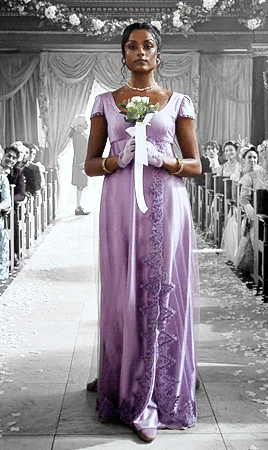
#bridgerton#kate sharma#period costume#indian queens#19th century attire#indian queens in western attire#regency#victorians#costume history#indo western#colonial indian history
79 notes
·
View notes
Text
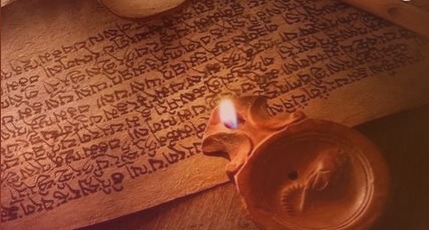
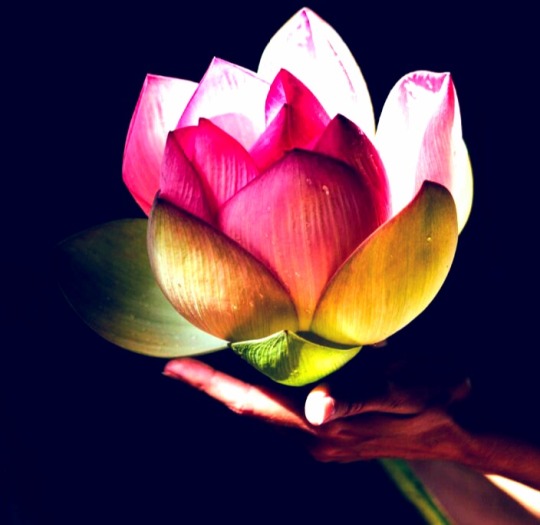
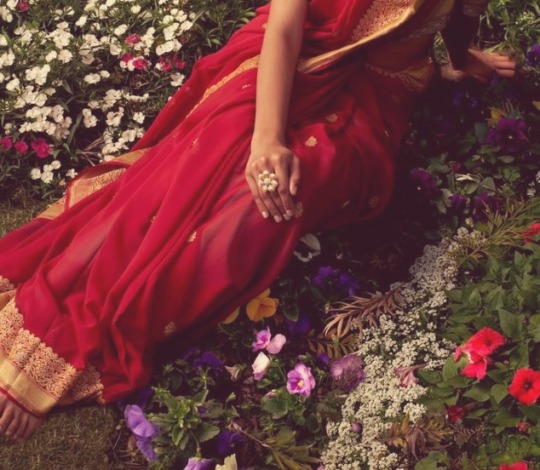
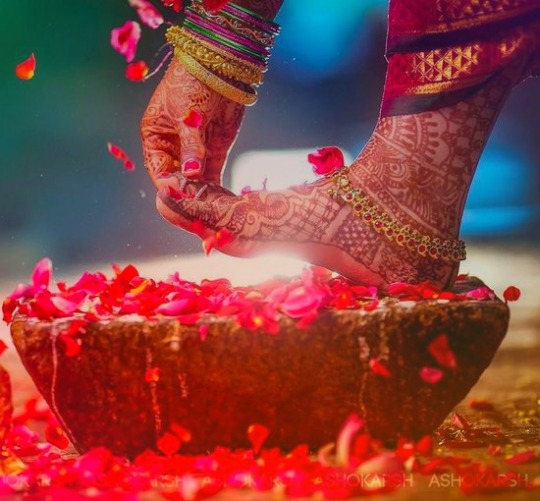
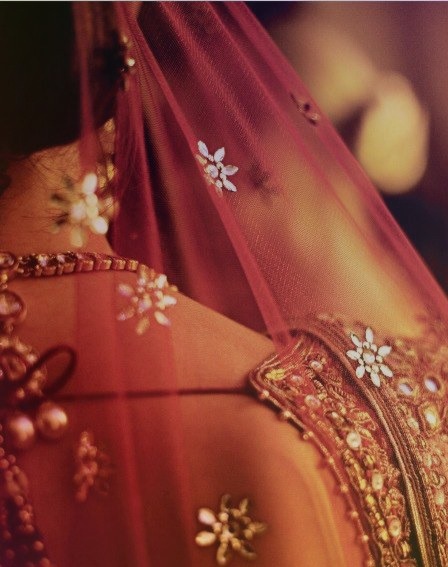

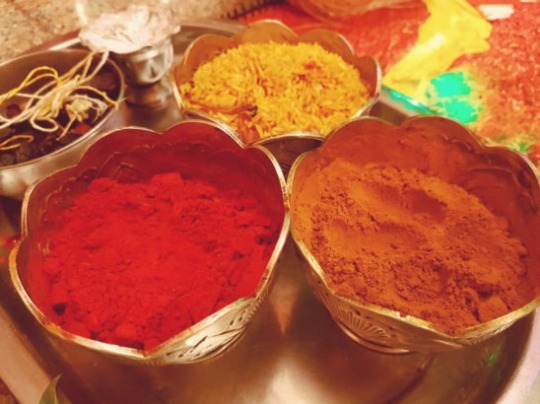


Rukmini :: princess of Vidarbha, Queen of Dwarka, Krishna's ardhangini. I've been thinking about her for a while now.
She was truly empowered woman and there are so many thoughts swirling in my head. Bare with me as I try to string them together in a nice set of shiny, distinct pearls.
The first we hear of her was when she's days(hours?) away from marrying Vaasudev. The courage she had, to stand up for herself against the future that she knew would ruin her, the class with which she instantly wrote to him and chose not to lie in her darkened chamber and bemoan life.
In Dwarka, she quietly carved out a quintessential space for herself, lending her intelligence for the prosperity of the land and its people. Occasionally assisting in politics under the night sky.
Her silence spoke for her.
Omniscience radiates whenever she is mentioned or present in the epic. Her intellect allowed her to see forth in time, and of course her husband confided almost everything to her.
I have rarely seen a woman so secure of herself. When Dwarkadheesh married, when he bought rest of the ashtabharya home, she did nothing. The clashes, the tears of hurt, plight of possible ignorance in future was just not there as had been seen in several queens in history.
Her heart was so full of love that it was enough. That's something so beautiful. Even when she loved him with all her heart, even when she devoted herself to him- she retained her individuality. Her constant state of bliss was not dependent on him.
A few days before I heard someone explain what it means to advance in yoga and meditation. They said, when you meditate you feel a certain bliss and peace, and when you carry that quiet state of mind into your dynamic life and retain the bliss throughout the day, that's when you know you have climbed a level.
It just fits with her. Strife dissipated from where she resided because her soul was calm.
sorry for rant but I love her, in case that wasn't apparent lmao. || Masterlist || my thoughts about her are not nearly over but tell me what you think of her.
#rukimini and krishna#the lakshmi of his home#vaidarbhi#mahabharat#krishna#desiblr#desi moodboard#moodboards#red#indian queens
79 notes
·
View notes
Text
This is probably my last post on the whole “Liz is dead” situation but I want to talk about my great grandmother, who is currently 92 years old. When I was growing up, hell even now, she’d tell me a lot about her own stories, mostly about how terrifying life was under both the British Raj and Nizam rule (her side of my family is from Hyderabad - Google the Nizams and the Razakars if you’ve never heard about them, that’s a whole other thing of its own).
Something I remember very clearly is her telling me about this one song she was forced to sing in her school - she went to a Christian convent school - and the song was about the greatness of “George Prabhu and Mary Rani,” aka George V, Elizabeth II’s grandfather. Recently my mom was able to film her singing this song so that we could listen to the lyrics, which are originally in Telugu, and roughly translated it means “we’re singing in honor of George and Mary, who are the rulers of India and have brought great fortune to India, and we see them as our father and mother.”
This is just a really difficult reminder that when we’re talking about why Elizabeth II and the royal family don’t deserve our respect or condolences, many of us have very personal stories that run deep through our families. “But she was a mother, a grandmother, a person” and I don’t care because she and her family were in the business of dehumanizing and erasing the identities of millions of other mothers, other grandmothers, other PEOPLE. Why else would my great grandmother be forced to sing a song in their honor? “But she wasn’t responsible for India” fair enough, her darling grandfather had a great time doing that, but how about you go and talk to Kenya? Or anyone in Africa? Or the Caribbean? I’m sick and tired of being told to “not speak ill of the dead” when REALLY I and millions of others should be getting an apology from anyone who wants to “praise her legacy” and talk about how “revolutionary” she was.
edit: i got the george’s mixed up before. george v is elizabeth ii’s grandfather. george vi is her father.
#that being said#my thoughts are also w the middle and working classes of the uk who will now unfortunately have to bear the brunt of the aftermath of this#of course they’d force a ‘period of mourning’ on everyone 🙃#anyway#ding dong the bitch is dead#queen elizabeth#elizabeth ii#george v#anti british#british royal family#british raj#british colonialism#fuck the british#fuck colonialism#desiblr#desi tumblr#desi tag#indian#india#indian independence movement#hyderabad#telangana#telugu#south india
9K notes
·
View notes
Text
monumental day for india ireland the commonwealth and anime twitter
#queen elizabeth#uk politics#ireland#britain#india#71 100#mp100#commonwealth#tumblr sexyman poll#reigensweep#sansweep#reigen arakata#sans undertale#desi tag#indian cricket
2K notes
·
View notes
Text
#tori black#kagamine rin#McDanno#indian cinema#art style#kate sharma#final fantasy 7#ronan lynch#moral orel#hachedesilencio#pentatonix#hulk#japanese idol#red queen#introvert
126 notes
·
View notes
Text
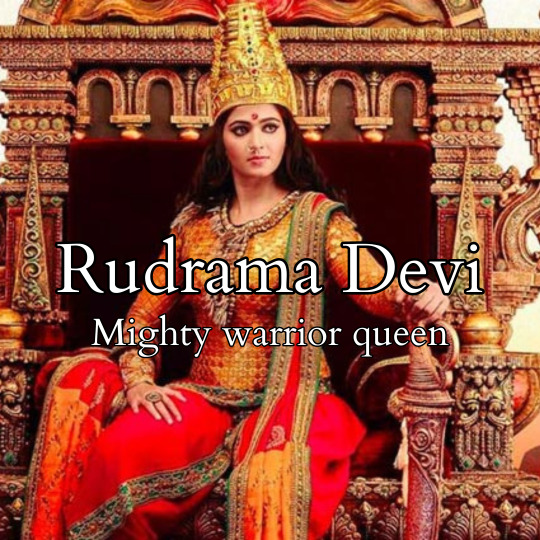
An unprecedented female monarch in her dynasty, Rudrama Devi (r.1262-1289) presided over an age of prosperity. A successful warrior queen, she triumphed over both internal and external threats.
Her father’s heir
Rudrama Devi was the daughter of King Ganapati Deva (r.1199-1262) of the Kakatiya dynasty, who ruled over parts of present-day Telangana and Andhra Pradesh in Southern India. Their capital was located at Orugallu (Warangal).
Ganapati Deva was a successful monarch. His kingdom was famed for its’ diamonds and beautiful fabrics. He had no son to succeed him and his older daughter was already married. He thus decided to make his younger daughter Rudrama Devi his heir and gave her the requisite training.
A female monarch would nonetheless be a in vulnerable position and see her legitimacy questioned. To make female rule more acceptable, he arranged a Putrikayagna ceremony for his daughter. This religious rite allowed a sonless man to declare his daughter or his daughter’s son as his son. After that, Rudrama Devi was also known by the masculine name of Rudra Deva. She also attended all public meetings in masculine attire.
Her story is similar in that regard to that of her near-contemporary, Raziya Sultan of Delhi.
A warrior among warriors
In 1259, Rudrama Devi became her father’s co-ruler and assumed sole rule in 1262. She married the Chalukya prince Virabdhadra, who played no part in her administration, and with whom she had three daughters.
Rudrama Devi faced many threats at once. Her neighbors saw an opportunity to conquer her kingdom and her feudatory noblemen couldn’t stand being ruled by a woman.
She stood her ground and prevailed, proving her might as a warrior queen. Many of her nobles rebelled, but she successfully defeated them. The Seuna Yadava king, Mahadeva, invaded her territories and reached her capital. Rudrama Devi chased him after 15 days of fighting and forced them to pay a heavy tribute in money and horses.
To commemorate her victory, she styled herself “Rayagajakesari” or “the lion who rules over the elephant kings”. In the pavilion she built, she was depicted as a warrior mounted on a lion, holding a sword and a shield, with an elephant trunk holding up a lotus to her in sign of submission.
In 1262, another of her neighbors occupied the Vengi region. She was able to recover it after 12 years of fighting. She was nonetheless unsuccessful in fending off the attacks of her southern rival Ambadeva.
Meritocratic policies
Rudrama Devi completed the construction of the nearly impregnable Warangal Fort. She bought large tracts of land under cultivation, increasing her kingdom’s revenue. She also recruited non-aristocratic warriors from diverse castes. Only 17 percent of her subordinates were of noble background. Prominent commanders could receive lands and become feudatory nobles. She thus established a new warrior class. Since the nobility had rejected her rule, this meritocratic policy allowed her to surround herself with loyal retainers.
Marco Polo, who mistook her for a widow of the previous king, wrote about her very flattering terms, calling her a “lady of much discretion” and a “lover of justice, of equity and of peace”.
A warrior to the end
At the end of her reign, she chose her grandson, Prataparudra, as her heir.
Rudrama Devi likely died in 1289 (though some sources date her death from 1295) according to an inscription made by a member of her army commemorating her recent death and that of her army chief. The cause and location of her death are unknown. She likely died facing Ambadeva's armies, leading her troops as she had always done.
Further reading
Gupta Archana Garodia, The women who ruled India, leaders, warriors, icons
Janchariman M., Perspectives in Indian History From the Origins to AD 1857
Talbot Cynthia, "Rudrama‐devi, Queen of Kakatiya dynasty (r. 1262–1289)", In: The Oxford Encyclopedia of Women in World History.
Talbot Cynthia, Precolonial India in Practice: Society, Region, and Identity in Medieval Andhra
#rudrama devi#13th century#history#women in history#women's history#historyedit#women's history month#india#indian history#queens#powerful women#women warriors#warrior women#historical figures#herstory
75 notes
·
View notes
Text






Iga Świątek & Maria Sakkari - Indian Wells 2024 🇺🇸
Nineteenth title for Iga and a great tournament from Maria 🤗🏆🏅🥈
#so sad for Maria that bagel hurts...#but what a crazy week for her#congrats to the queen Iga#the way Iga is scared of the confettis lmao#iga swiatek#maria sakkari#indian wells#tennis
77 notes
·
View notes
Text



Lee Chae Eun 6/3/24

#beach#south korea#beauttiful girls#beauty#beautiful model#beautiful#sexy titts#sexy tease#sexy content#sexy breast#korean sexy#sexy pose#sexy tattoed women#sexy queen#sexy white girl#sexy wear#sexy tattoo#sexy young girls#sexy yoga#sexy indian#sexy idol#sexy office girls#sexy asian women#sexy and beautiful#sexy asian babe#sexy selfys#sexy denim#sexy fit girl#sexy figure#sexy hot
46 notes
·
View notes
Text

Queen Trish
#queen trish#the queen t#boots#thigh boots#black leather skirt#leather skirt#indian beauty#urban style
56 notes
·
View notes
Text
Wear faux, don’t be it.


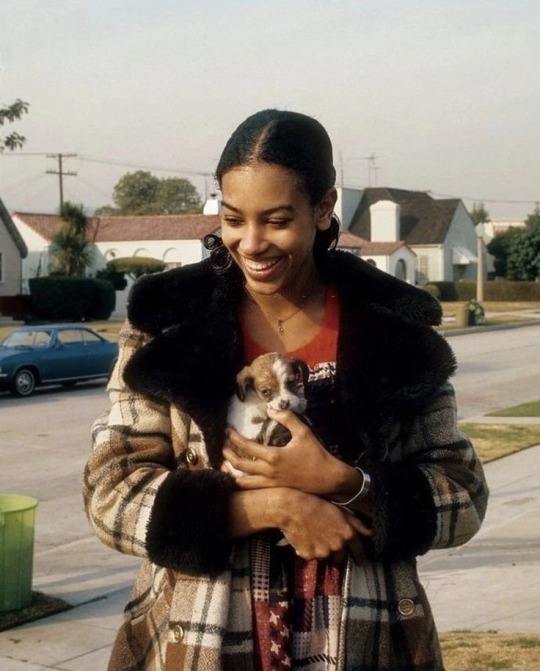



#aretha franklin#girlblog#black beauty#regine hunter#living single 1993#kim fields#black femininity#fur coat baby doll#black barbie#donna summer#queen of disco#indian beauty#aishwarya rai#olympia sylver#positive affirmations
81 notes
·
View notes
Text




#Desi Queen#Desi domme#Mistress Prithi#desidomme#blondeobedience#blondesubmission#ownedblonde#ticklishblonde#babefoot#desi babefoot#babefoot caps#indian domme#blondagecaps#ircaps
36 notes
·
View notes
Text

Beautiful 🫦💋
#beautiful face#beauty#curvy queens#amazing body#body postivity#thick and juicy#amazingsights#amazing butt#breast indian#india girl#huge natural melons
174 notes
·
View notes
Text
RIP Bhagat Singh, you would’ve loved to troll the british monarchy today.
533 notes
·
View notes
Text

i'm not sorry
#uncharted#i am a little ashamed though#chloe frazer#nadine ross#elena fisher#sam drake#nathan drake#asav#meenu#i am a hot mess#indian elephant#and we stan nwaroo in this household#gray langur monkeys#Nadine the palm oil free body wash queen#Chloe the stealer of actual bar soaps from bars#Nate the user of his wife's whipped soap#Monkeys have been documented to rub detergent into their fur for insect repellant among other things#the elephant is a stretch because they use dust/mud as a protective sunscreen and bath but it feels like a scrub#sam is the juUUUssT WaAAtEErRR club
73 notes
·
View notes
Text
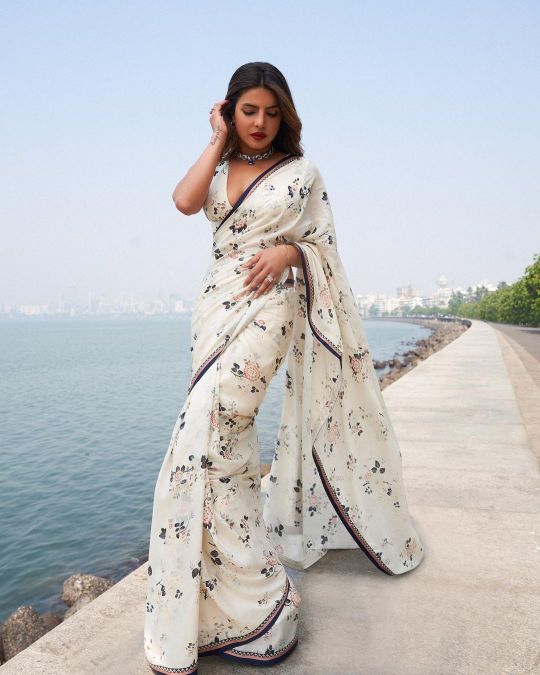
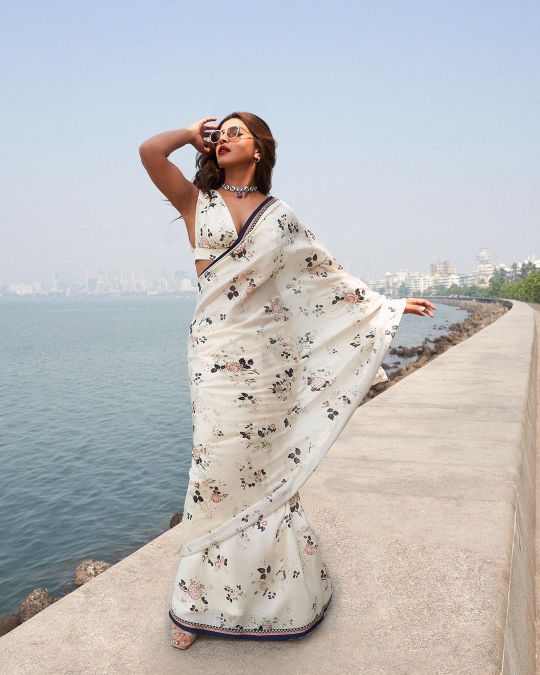


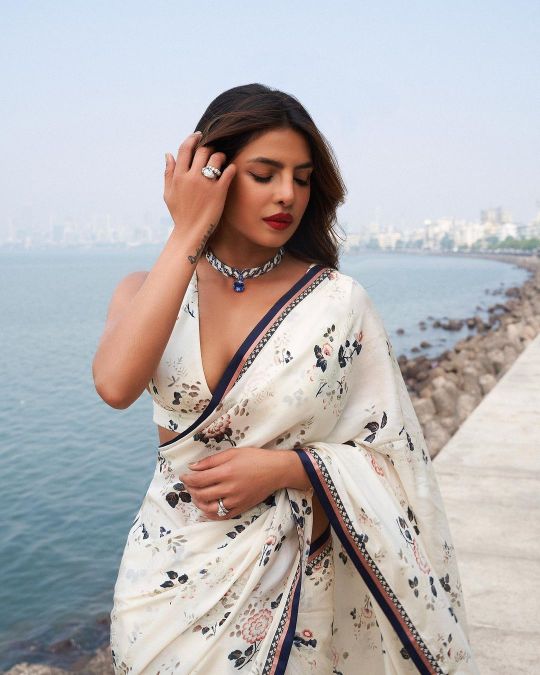
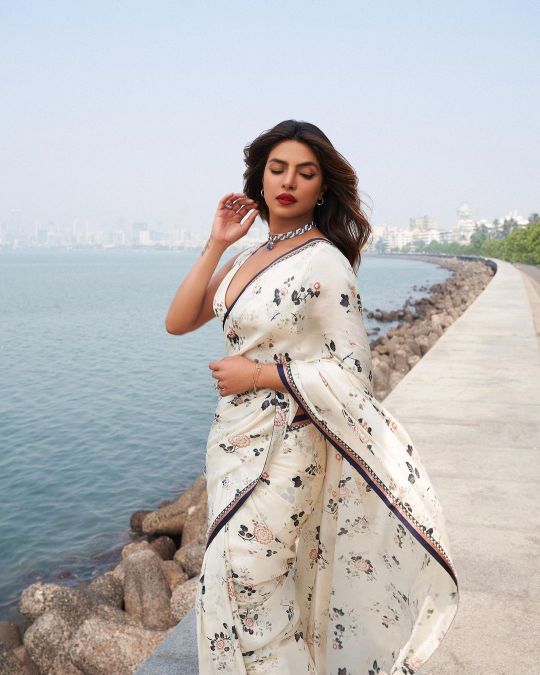
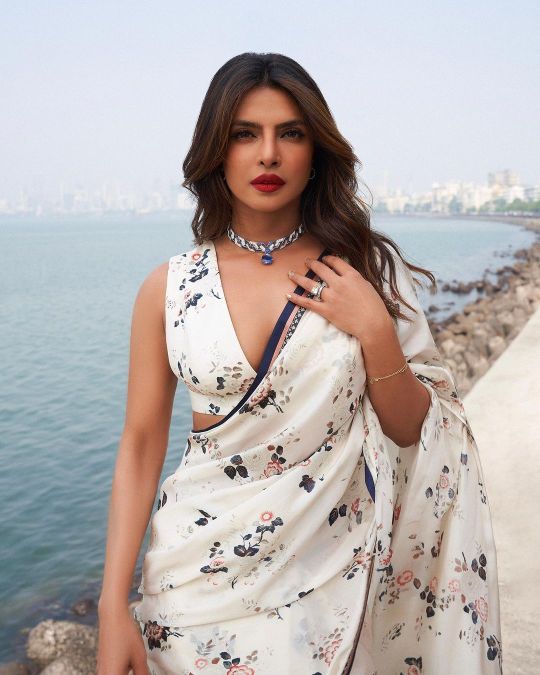
PRIYANKA CHOPRA
for jio mami festival talk show 🥵🥵🥵
#no one does it like her#QUEEN👑#Bollywood#priyanka Chopra#priyanka chopra jonas#nick jonas#sabyasachi#Indian Saree#Sarees#Hot saree#Indian traditional outfit
45 notes
·
View notes
Text

sincaraz semi final I cheered so loud
#tennis#jannik sinner#indian wells#carlos alcaraz#iw24#sincaraz#I love them so much#why must we pit 2 queens against eachother
39 notes
·
View notes